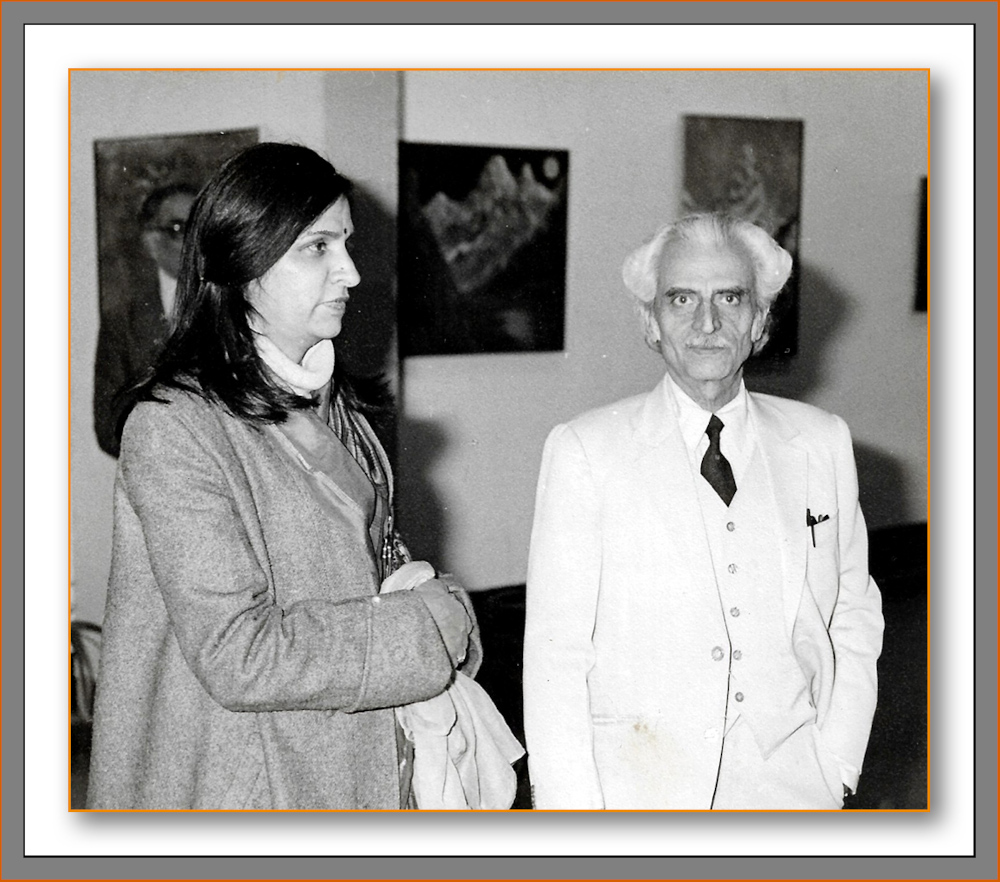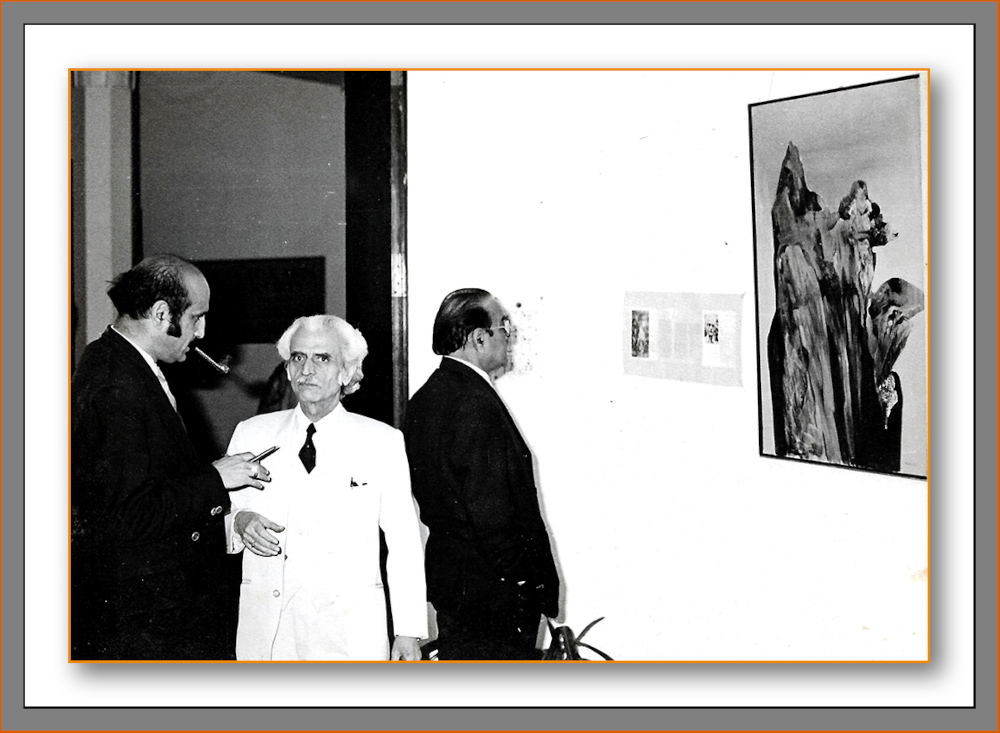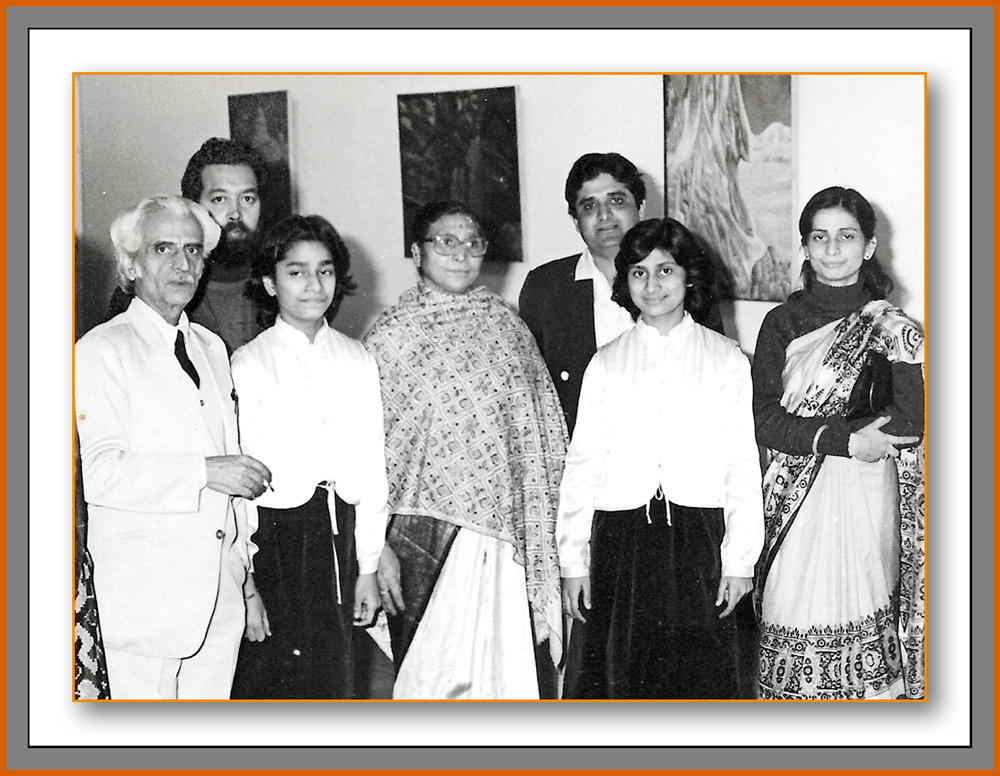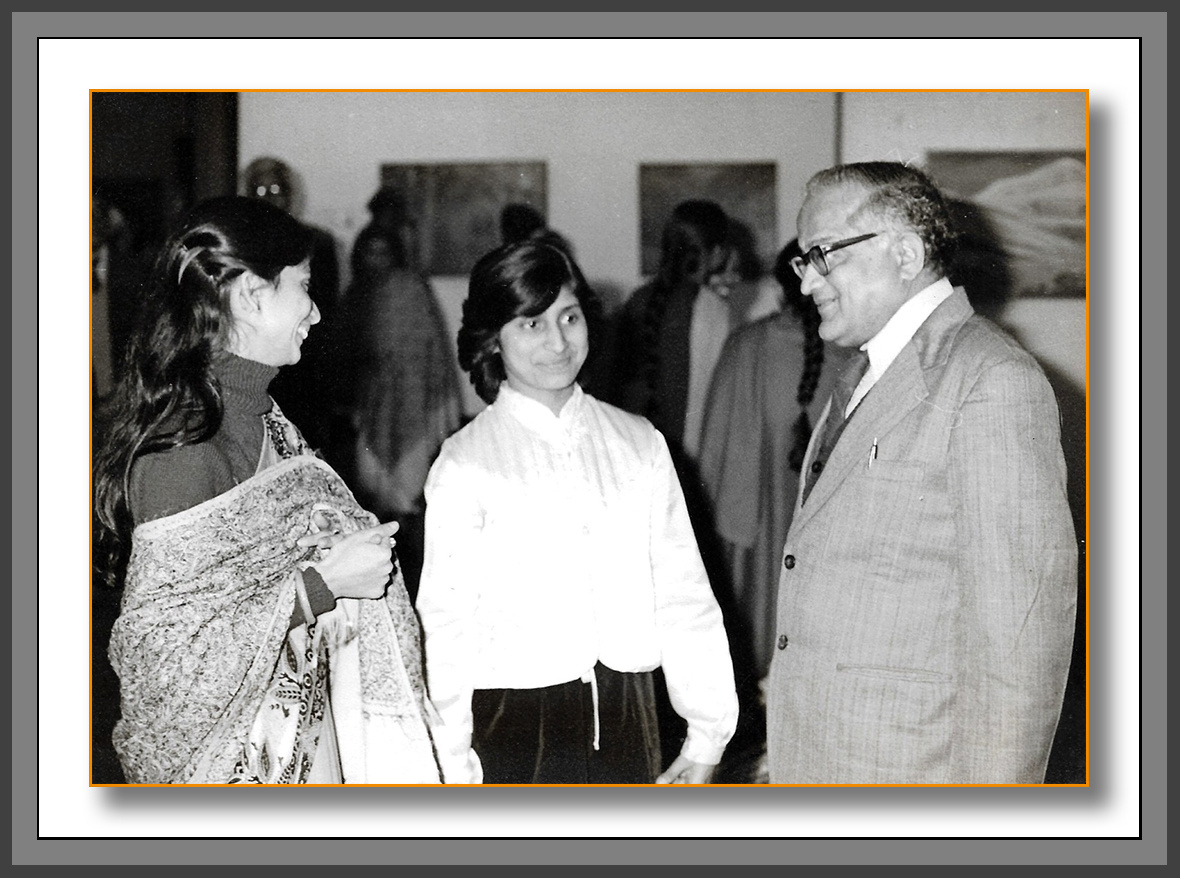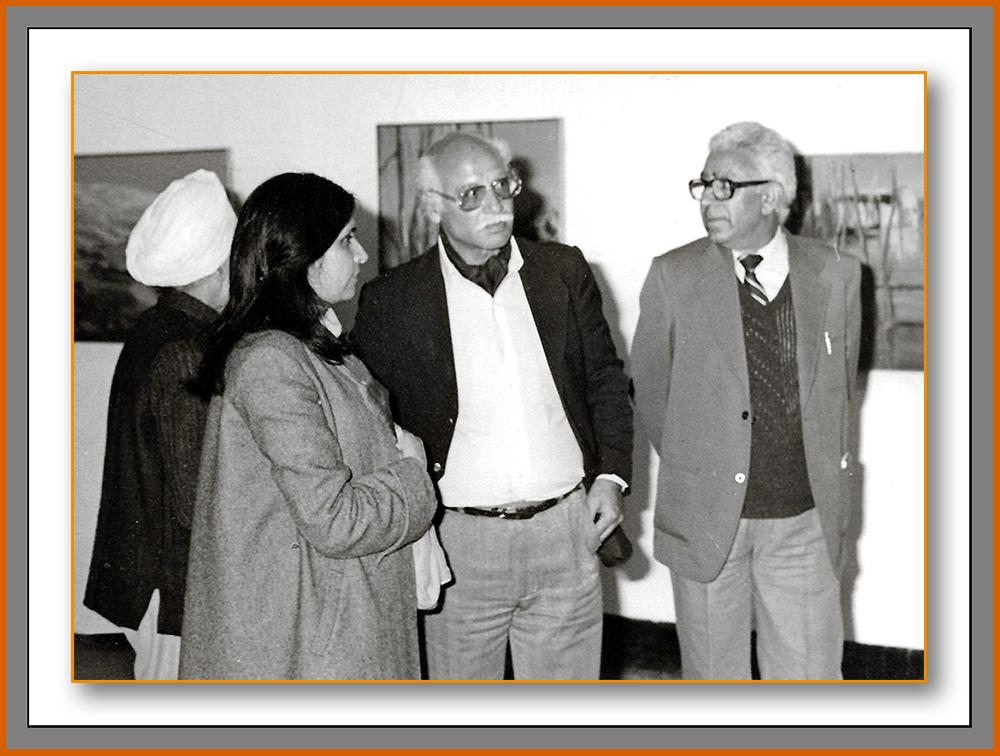Retrospective Exhibition of Paintings
New Delhi, 1983
Spanning three decades of devotion, this retrospective reveals Manohar Kaul’s evolving communion with the mountains — from their sensory presence to their mythic essence. His paintings move from faithful observation to luminous, spiritual visions shaped by empathy, silence, and inner truth.
Catalogue




Press Reviews

Manohar and the Mountain
If Manohar did not go to the mountain, the mountain would have come to Manohar. The play of light on the Himalayas creates changes beyond imagination. To this is added the inner vision of the artist.>
Such is the identification of Manohar Kaul with the mountains of Kashmir and the Himalayas. His paintings exude not only a deep observation of landscape but also a meditative tranquillity — the quietude of a yogi or a seer.
The retrospective exhibition at AIFACS, spanning three decades of Kaul’s work, offers a revealing look at his journey as a painter. With around sixty works on display, one can clearly discern the artistic evolution:
In the 1950s, Kaul emerges as a fine landscapist, perfecting his technique.
In the 1960s, his paintings become thought-provoking, evoking emotional depth.
From the 1970s onward, his work reveals peace, contentment, and the tranquillity of the soul.
Some paintings are merely attractive, but others are truly outstanding. Especially in the last ten years, there is a new vision — a more metaphysical, reflective approach.
To this critic, Kaul’s mountains suggest mythical forms — incarnations of Koorma (the tortoise) and Varaha (the boar) among the Dashavatara. Not that there is any conscious representation of these figures; there’s no resemblance per se. Yet the thought occurs — perhaps ideas from mythology, or something embedded in the subconscious, inspired the artist.
The mountains and landscapes of this planet are awe-inspiring. And yet, man foolishly attempts to bring them down to his own level. Such interference with nature only brings chain reactions. In legend, Ravana was the first to uproot Mount Kailash. In contrast, Manohar Kaul seeks to retain the mountains in their pristine glory — as abodes of gods and sages.
Kaul’s development as an artist and his ascent to a peak of creative eminence are clearly visible in this exhibition. His vision is not just of landscape, but of spirit — an overflowing flood of colours, emotions, and timeless silence.
Extracts of comments in the press for this exhibition
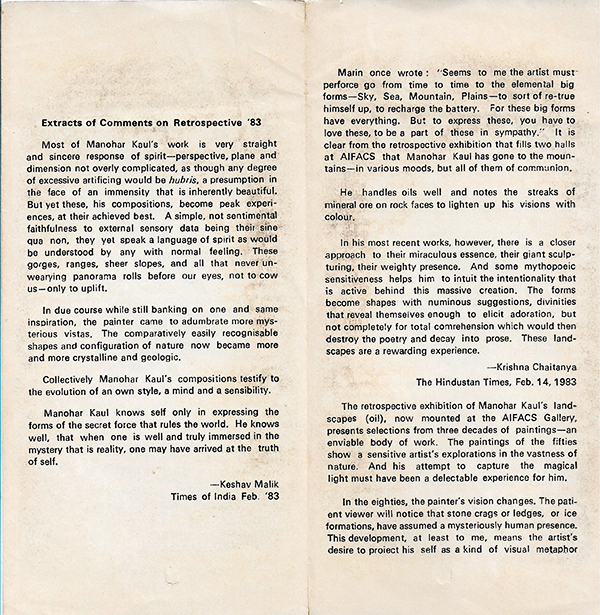
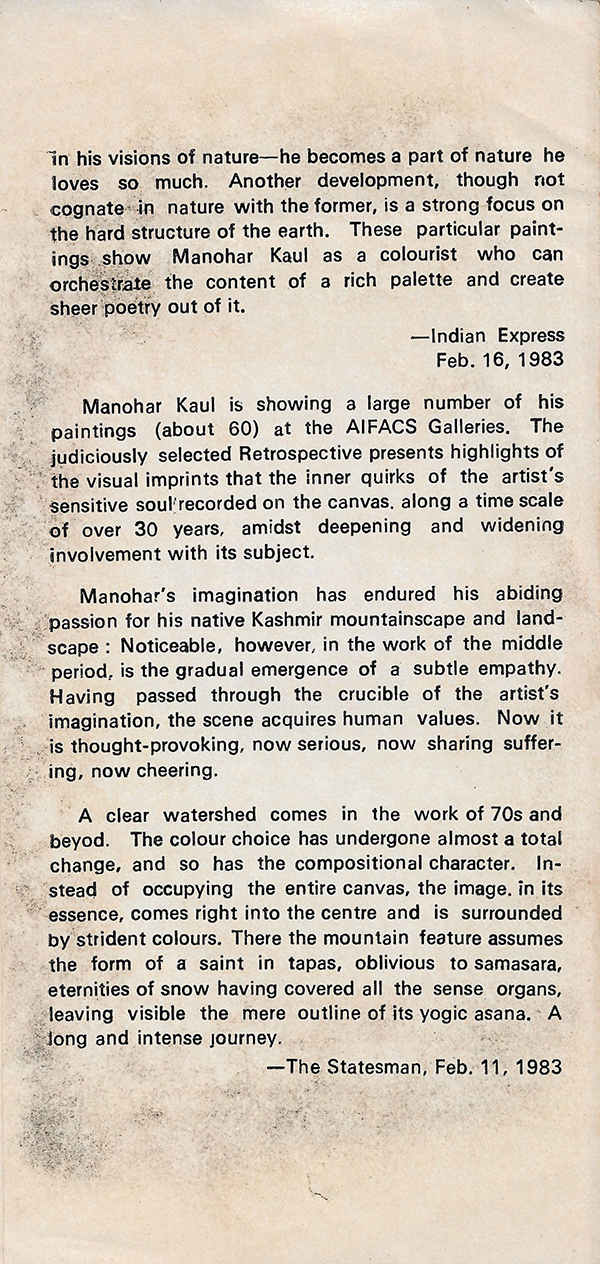
Exhibition Highlights
Archival photographs from the 1983 retrospective, showing Manohar Kaul with fellow artists, friends, and visitors

